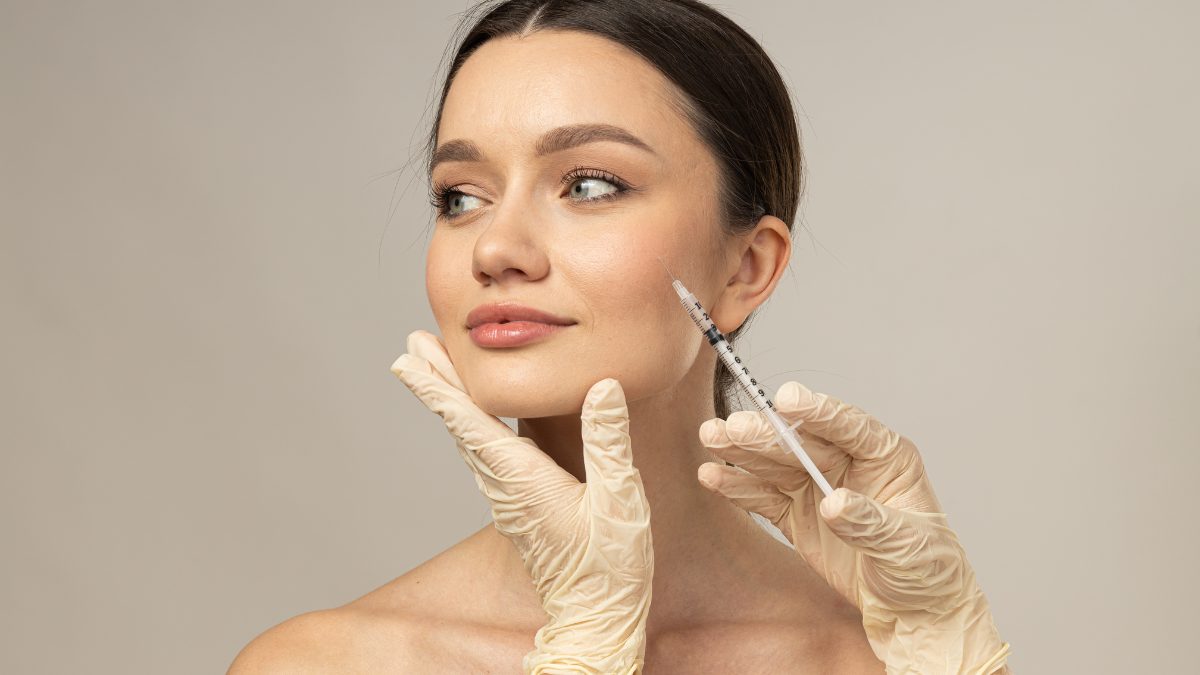
These societies have used the gifts of nature to improve their physical attractiveness and to practice self-care in its purest form throughout history.
From the seductive charm of Egyptian rulers like Cleopatra to the holistic knowledge of Ayurvedic treatments, each culture developed its own beauty secrets carried down through the generations.
This article explores the fascinating secrets of traditional beauty practices.
Importance of Exploring Ancient Beauty Secrets for Modern Skin Care
Exploring historical beauty secrets for modern skin care is crucial for a number of compelling reasons, including:
1. Time-Tested Efficacy
Natural components and time-tested methods were essential to ancient civilizations. These treatments have been expertly produced and improved over many years, demonstrating their efficacy in increasing skin health and appearance.
2. Chemical-Free Solutions

Ancient beauty secrets frequently use natural substances, lowering the chance of reactions and encouraging healthier skin, in contrast to many current skin care products that could contain harsh chemicals and synthetic compounds.
3. Cultural Heritage and Wisdom
We pay homage to our predecessors’ cultural heritage and wisdom by researching old beauty techniques. Adopting these habits promotes a stronger bond with our roots and aids in the preservation of priceless traditions.
4. Holistic Approach
Ancient beauty practices frequently take a holistic approach, taking into account a person’s whole health as well as their outward looks. This method places a strong emphasis on the value of self-care, mindfulness, and inner harmony for beautiful skin.
5. Sustainable and Eco-Friendly
With unnecessary packaging and hazardous substances, the modern beauty industry can have a severe impact on the environment. The discovery of ancient beauty secrets encourages sustainability because many of these techniques make use of easily accessible, eco-friendly materials.
6. Customized Skin care
Ancient beauty routines frequently take into account how distinctive each person’s skin is. By embracing these many techniques, we may modify our skin care regimens to meet particular issues, resulting in individualized and successful results.
7. Source of Inspiration
Ancient beauty techniques can inspire new developments in skin care. Researchers and skin care specialists might use historical methods as inspiration to create novel, organic, and cutting-edge beauty treatments.
Beauty Secrets and Rituals of Various Ancient Civilizations
Here are the beautiful secrets and rituals of various ancient civilizations:
1. Ancient Egyptian Beauty Secrets

Ancient Egypt, known for its luxury and obsession with beauty, left behind an incredible heritage of beauty techniques. One of Egypt’s most famous queens, Cleopatra, is frequently linked to her fabled beauty routine.
The Egyptians recognized the moisturizing and nourishing benefits of natural components for skin care, such as milk and honey, and they believed in their power. In addition to emphasizing their eyes, women utilized kohl as part of their eye makeup because they believed it had protective qualities.
Applying kohl served as a defense against eye diseases and sun damage. In keeping with the ancient Egyptians’ knowledge, current skin care devotees still value honey, milk, and other natural components’ enduring advantages.
2. Mesopotamian Beauty Rituals
The birthplace of civilization, Mesopotamia, also had several beauty secrets that highlighted the value of self-care. Mesopotamian women flocked to clay and herbal masks to refresh their skin and keep a young appearance. Not only were fragrances and aromatic oils employed for their pleasing aromas but also for their healing qualities.
In Mesopotamian culture, the Hammam, or public bath, had a key role as a place where people indulged in ritualistic cleaning for dazzling skin and relaxation. The spa culture and herbal cosmetics of today resemble these traditional Mesopotamian techniques.
3. Ancient Greek Beauty Traditions
Ancient Greece made significant contributions to philosophy, art, and culture, but it also valued beauty. Greek women used olive oil, a key ingredient in their cooking and beautification regimens. Olive oil was utilized for hair and skin and even as a massage oil since it has hydrating and antioxidant characteristics.
Another key to their beauty was herbal teas, which enhanced their natural glow and promoted internal wellness. Greek society valued hygiene and self-care, and bathing practices were an important part of it. Greek culture recognized the value of nurturing both the body and the soul, a concept that is still relevant in today’s all-around approaches to beauty.
4. Ayurvedic Beauty Remedies from Ancient India
Ayurveda, a holistic medical system developed by the prehistoric Indian culture, also included elaborate beautification rituals. Ayurveda recognizes three Doshas, or energy types, and bases skin care and dietary recommendations on a person’s Dosha. Among the essential components utilized for skin care in Ayurvedic beauty are neem, sandalwood, and turmeric.
Ayurvedic beauty formulas prize the anti-inflammatory powers of turmeric, the calming effects of sandalwood, and the antibacterial capabilities of neem. Ayurvedic massages, such as the well-known Abhyanga, promote healthy, glowing skin by enhancing blood circulation. Ayurveda’s focus on inner balance and harmony fits with the current holistic skin care trend.
5. Chinese Beauty Traditions
Ancient Chinese culture also placed high importance on beauty and had a comprehensive awareness of the uses of traditional plants. Using plants like ginseng, goji berries, and leafy green tea to maintain healthy skin and general beauty were common Chinese beauty practices. Gua sha is still a well-liked beauty procedure today. It involves scraping the skin to increase blood flow, lessen inflammation, and enhance facial shapes.
Face mapping, an ancient Chinese technique for identifying skin problems based on the location of blemishes, directs contemporary skin care regimens to efficiently address particular difficulties. Chinese beauty customs are a harmonious fusion of conventional wisdom and contemporary inventions.
6. Indigenous Beauty Rituals from Different Cultures
Indigenous peoples from all over the world have special beauty secrets that reflect their close ties to the environment and history. The Maori of New Zealand appreciates their ancestors’ wisdom and the therapeutic properties of their land by using natural resources like Manuka honey and harakeke (flax) for skin care.
Aboriginal Australians appreciate the age-old practice of using local flora for cosmetics, such as eucalyptus and tea tree oil. Native Americans have long-standing skin care customs that honor their unique cultural heritage by utilizing herbs and natural substances. Appreciating the diversity and cultural value these indigenous beauty practices retain requires investigating and honoring them.
Conclusion
Investigating the beauty rituals and secrets of numerous ancient cultures is important for developing modern beauty treatments. The universal desire for beauty binds people from all over the world, regardless of culture or time period, from the Nile to the Ganges, from Athens to Beijing, and from native areas to the outback. Using their ancient techniques, we can develop modern and cruelty-free beauty practices.
If you enjoyed this story or article, make sure to share it with your beloved friends and follow Cat's Voice for more heartwarming content & Videos!






